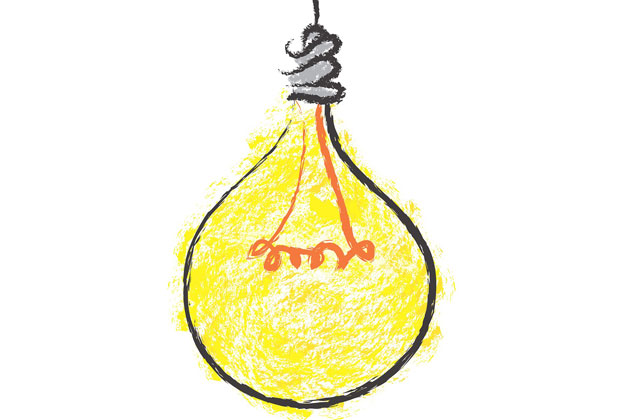
Remember those dark days when load shedding wreaked havoc on households and businesses? Well, it was a year on Thursday since large parts of South Africa were plunged into darkness.
And Eskom is patting itself on the back for doing its job of keeping the country’s lights, thanks to the power utility’s rigorous plant maintenance programme.
According to Eskom, the adherence to regular scheduled maintenance is managed through the Tetris planning tool, which schedule outages based on forecast demand and maintenance requirements.
“A key aspect of this includes having a strict winter and summer maintenance budget that comprises 8,5GW for winter and 11,5GW for summer,” Eskom said in a statement.
It noted that in terms of its generation sustainability strategy, Eskom aims to achieve 80% plant availability, 10% planned maintenance and 10% unplanned maintenance over the medium term.
“The reduction in unplanned outages contributed to improvements of plant availability and the resultant sharp reduction in the usage of open cycle gas turbines (OCGTs).”
OCGTs are one of the most expensive ways to generate power by burning diesel, but Eskom’s diesel bill for OCGTs was cut by R829m in the months to May, it reported.
“The last time Eskom ran OCGTs to manage the system was on 14 June 2016. The OCGT load factor year-to-date is 0,24% versus a target of 6%.”
Eskom said its target is not to burn any diesel for the rest of the financial year.
It noted that the resilience of the power system was stress-tested in April, following multiple trips of units at three power stations, a move that resulted in a loss of 3,5GW.
“No load shedding was implemented due to the increased resilience that Eskom has built into the power system over the past few months.”
Moreover, the power utility said it experienced the highest peak in demand for electricity on 1 August at 34,9GW.
“The demand was met without the need to dispatch Eskom diesel generators. This peak was higher than last year’s peak of 34,5GW.”
While improving the performance of the existing ageing fleet on one hand, Eskom has also managed to fast-track the building of new generating capacity on the other.
President Jacob Zuma in July launched unit 4 of the Ingula Pumped Storage, which upon completion, will be Africa’s newest and largest pumped storage scheme, and the 19th largest in the world.
Ingula’s unit 4 came into commercial operation on 10 June 2016, six months ahead of schedule. It has been consistently adding 333MW into the national grid to ensure security of supply. It is the first of Ingula’s four units to come into commercial operation.
The remaining three units have also been synchronised to the national grid and are on track for commercial operation within the first half of 2017. Once completed, all four units of the Ingula Pumped Storage Scheme will produce a total of 1,3GW.
“Eskom’s capacity expansion programme has so far added 7,4GW of generation capacity, 6 162km of transmission lines and 32 890MVA of substation capacity to the national grid since 2005,” it said.
Eskom is also continuing to execute its build programme that will bring much-needed power to support South Africa’s economic growth.
In February this year, unit 1 of the Kusile power station successfully completed factory acceptance tests, an important milestone towards the synchronisation of the unit. This unit is expected to be commercially operational in July 2018.
Medupi’s unit 5 completed its factory acceptance tests in December last year, and is expected to come into full commercial operation by March 2018.
The Majuba Rail Project is expected to be completed by December 2017. Once commissioned, the security of coal supply through logistics solutions at both the Majuba and Tutuka power stations will transport approximately 21m tonnes of coal per year by rail.
The Majuba Rail Project is a component of the Eskom Road to Rail Initiative with the construction of a railway line that links the Majuba Power Station to the main coal railway hub in the town of Ermelo in Mpumalanga. The 68km corridor is the first large greenfield freight-rail infrastructure project to be carried out in South Africa since 1986 and will be operated by Transnet Freight Rail.
Meanwhile, Eskom has successfully completed 5 620 self-funded electrification connections as well as 1 080 farm dweller connections during the course of the 2014/2015 financial year.
According to the latest Statistics South Africa report, access to electricity has increased from 35% of households in 1990 to over 90% in 2016.
“More households will be connected to the grid in an effort to achieve universal access by 2025,” said Eskom.




